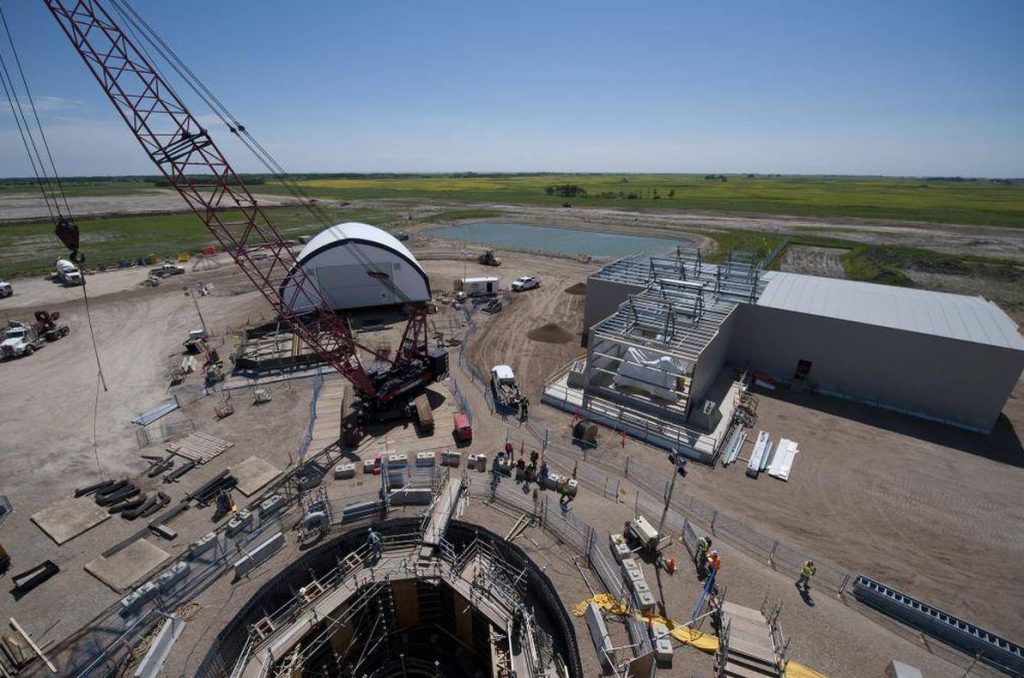BHP planning Canadian potash decision in 2021

BHP Billiton Ltd. [BHP-NYSE; BHPLF-OTCPK] said it intends to make a final investment decision on its US$5 billion plus Jansen Stage 1 project in Saskatchewan by February 2021.
Meanwhile, the company said it will spend a further US$345 million on the project. In order to make the final investment decision, work on engineering to support project planning and on finalising the port solution is required, and the board (of BHP) has approved US$144 million for these activities, the company said.
An additional US$201 million in funding has also been approved to further de-risk the project, focusing on the mine’s scope of work, advancing other engineering and procurement activities, and preparation work for underground infrastructure.
“This will enable an efficient transition of the project team between the study and execution phase, should the project be approved,” the company said. “The release of the funding to the project will be staged over this period,” BHP said.
The extra funding for the Jansen Project is available after BHP retained its full-year production targets for all major product groups, despite making a slow start to the year in its Australian iron ore and coking coal divisions.
The Jansen Project is a proposed underground potash development project located in east-central Saskatchewan, approximately 140 km east of Saskatoon.
BHP has already spent US$2.7 billion on Jansen. The company said in May, 2019, it expects excess supply capacity of potash to be used up by the middle of the next decade, while the Jansen project would create a “high-margin, long life” mine.
The Melbourne, Australia-based company has maintained that it is taking a long-term view of the project and the global potash market, while emphasizing its expected low-cost production, estimated at US$100 per tonne.
BHP began exploring for potash near Humboldt, Sask., more than 10 years ago and has long maintained that it will only proceed with what would be the largest corporate investment in Saskatchewan history if strict capital tests are met.
Crews have already finished sinking the first of two kilometre-deep shafts. But the company elected not to postpone a plan that could have seen the mine’s four-million-tonnes per year first stage approved in June 2017, and producing potash in 2023.
Earlier this year, BHP admitted to institutional investors that it “overinvested” in the Jansen Project. The global potash market of around 65 million tonnes per year has rallied since 2016, boosted in part by idled capacity in North America and robust demand from Brazil and China.
But BHP has recently indicated that it sees slowing momentum for the crop nutrient, with demand expected to rise by 2-3%, or 1.5 to 2.0 million tonnes per year through the 2020s despite supportive global trends such as population growth and the need for sustainable intensification of agriculture.
